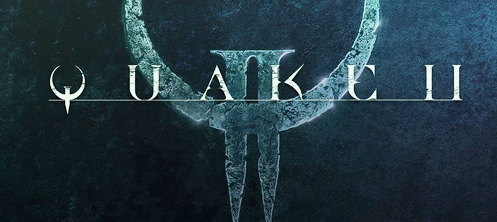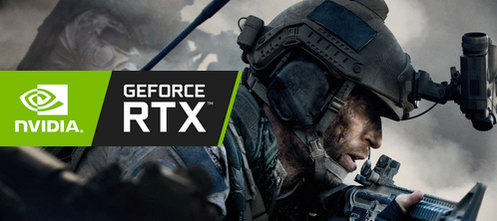- Joined
- May 31, 2016
- Messages
- 4,510 (1.38/day)
- Location
- Currently Norway
| System Name | Bro2 |
|---|---|
| Processor | Ryzen 5800X |
| Motherboard | Gigabyte X570 Aorus Elite |
| Cooling | Corsair h115i pro rgb |
| Memory | 32GB G.Skill Flare X 3200 CL14 @3800Mhz CL16 |
| Video Card(s) | Powercolor 6900 XT Red Devil 1.1v@2400Mhz |
| Storage | M.2 Samsung 970 Evo Plus 500MB/ Samsung 860 Evo 1TB |
| Display(s) | LG 27UD69 UHD / LG 27GN950 |
| Case | Fractal Design G |
| Audio Device(s) | Realtec 5.1 |
| Power Supply | Seasonic 750W GOLD |
| Mouse | Logitech G402 |
| Keyboard | Logitech slim |
| Software | Windows 10 64 bit |
You do realize that Q2 RTX doesn't even use the RT cores for Ray tracing that NV is so fond of? What you are doing is quoting what NV has planned all along. Nice marketing for RTX cards stating that you need RT cores. Since NV is asking so much for RTX it would have been stupid if quake 2 worked well on 1080 Ti now would it? The price needs to be justified and you fall for it.there's require and require.
look what a 11tflops gpu with no dedicated rt hardware (1080Ti) does agaist a 6.5tflops rtx 2060 with rt asic

Test wydajności Quake II - Path tracing na API Vulkan wstrząsa... | PurePC.pl
Test wydajności Quake II - Path tracing na API Vulkan wstrząsa... (strona 7) Test wydajności Quake II z patch tracing na API Vulkan. Czy rewolucyjna technika oświetlenia zmieni starego Quake 2 nie do poznania? I jakiego sprzętu do tego potrzeba?www.purepc.pl
you'd need 2.5x 1080Ti's power to match a rtx 2060
imo RT will stay an optional technology for at least a decade.but I can't see any gpu manfufacturer not supporting it starting from mid range cards.
the alternative to buying a $400 card and enjoying ray traced shadows/reflections in a few games is paying the same for the same performance and not having it.really.
Do you know why I know this ?
Because https://www.cryengine.com/news/view...-time-ray-tracing-demonstration-for-cryengine
doesn't need RT cores to get this one done and works with sufficient performance and it is ray tracing just as in Quake 2. (Actually it looks even better than in quake) They have added RTX to make it believable that the RT core are actually necessary and also a great marketing for NVidia cards with Ray Tracing. Cripple the driver for 1080 TI so that it doesn't work properly and here you have a great evidence.
Did you expect that NV will release RTX cards with RT cores without giving any rational reason and justification for the price even if NV has to forge that reason which is Quake2 RTX?




 That is the funny part
That is the funny part  You think that RT core speed up ray tracing and that is not the case.
You think that RT core speed up ray tracing and that is not the case.





